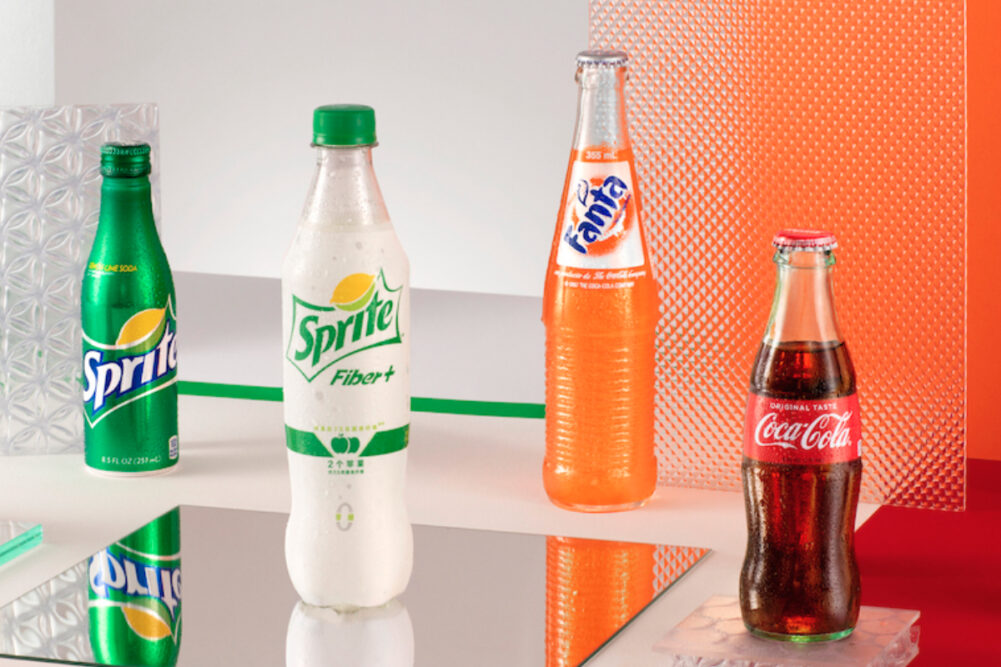ATLANTA – The Coca-Cola Co.’s near-term fortunes are tied to the global away-from-home market. As lockdowns around the world have eased, the company’s performance has improved. A surge in coronavirus (COVID-19) cases and new lockdowns threaten to erase the gains the company has made since the pandemic began this past March.
Beverage volumes fell 25% in April. The volume declines eased into the mid-single digits during the summer and low-single digits since September.
“We are encouraged by the improvement in our business,” said James Robert B. Quincey, chairman and chief executive officer, during an Oct. 22 call to discuss third-quarter results. “However, it's important to remember the world is in a fragile state. We've seen reopening trends begin to moderate, and the away-from-home recovery showed signs of stalling in September with the increase of restrictions in several markets.
“There is potential for increased regional lockdowns as we enter colder seasons in the Northern Hemisphere. We don't expect to return to the peak levels of global lockdown, but we are prepared for setbacks due to the local spikes in cases and targeted restrictions and closures.”
Net income for the quarter ended Sept. 25 was $1.7 billion, equal to 40¢ per share on the common stock, and a decline of 33% when compared with the same period of the previous year.
Quarterly sales fell 9% to $8.7 billion.
“Our at-home channels also saw an acceleration throughout the quarter,” Mr. Quincey said. “Specifically, grocery and e-commerce channels continue to experience solid demand, benefiting both from shifts in consumer behavior and our system’s actions to capture those opportunities. The system is working jointly to manage the supply and distribution shifts, make key decisions around portfolio priorities and leverage digital data to identify new outlets to further growth.
“We continue to see progress, but the environment remains dynamic, and it is not a straight-line recovery around the world. Different markets are seeing varying degrees of impact.”
In North America, price/mix grew 4% during the quarter. Growth in premium offerings and pricing that was partially offset by pressure in Coca-Cola’s fountain business affected performance, according to the company. Unit case volume declined 6% during the quarter, with such brands as AHA, Fairlife and Topo Chico performing well, but offset by the fountain business.
In late August, the company announced a sweeping reorganization of the company. Initiatives include reducing the number of operating units, creating a platforms services group, portfolio review and a shift in the company’s approach to innovation.
“When it comes to innovation, we’re focusing on bigger, more scalable bets,” Mr. Quincey said. “And to be clear, this strategy does not mean less innovation overall. Already, this mindset is showing results. Year-to-date, revenue contribution from innovation is higher than last year and the amount of revenue per innovation has doubled.
“Innovation will come in different forms. We can leverage a trademark to expand the category, like we’re doing with Coke Energy. We can also create a brand like AHA to participate in a growing subcategory. And we can also expand our addressable market by entering a new category like we’ve done so with Topo Chico Hard Seltzer, which debuted last month in select cities across Latin America, with more markets coming soon, including the US. Ultimately, we’re combining discipline with agility to win drinkers, share and profits.”
Management did not offer guidance for the fourth quarter or fiscal 2021, but John Murphy, chief financial officer, said, “The challenges that we faced during this pandemic are by no means in the rearview mirror. Nevertheless, we are seeing promising signs that the actions we’re taking have put us on track to equip the organization and the data system to win. We are confident that we will return to the high end of our long-term growth model and do so having made an impact with our stakeholders and having gained consumers' share and improved system economics.”





